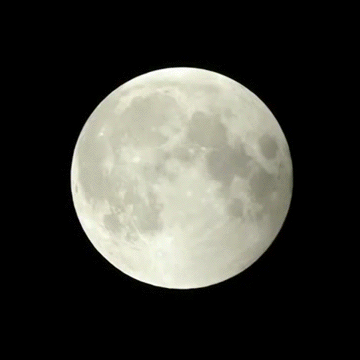I have just recently come into contact with the (crazy) theory that our planet Earth, spherical celestial body that rotates around its own axis, may not actually be... round. Based on that, I've compiled a list of things that prove the Earth is 100% not flat.
1. Gravity

Now, I'm no science major, but I do know a little bit about gravity. Spheres have a consistent shape. This means that no matter where you are on a sphere, you will have the same amount of sphere underneath your feet.
The basic idea of this concept is that an object will fall towards a center of mass. A sphere's center of mass is quite simply the center of the sphere. If the earth was a flat plane, the center of mass would be directly in the middle. That would mean if you dropped an apple at the "end" of the earth it would fall sideways.
In actuality, if you drop an apple anywhere on this planet, it will fall straight down (not considering wind or the elements), towards the center of mass, which is the center of the Earth, because it is spherical.
2. Airplanes
The flight paths of airplanes appear as arcs, because since the Earth is round, it would not be possible for a plane to fly in a straight line. Of course, if you were to flatten a globe the trajectory of a flight would appear linear, but on a globe it is curved. Since a globe is the most accurate representation of Earth, the curvature of flight paths makes perfect sense.
3. The Moon

Ever seen a lunar eclipse? A lunar eclipse occurs when the moon, the sun, and Earth are all in line with one another with Earth between the sun and the moon. The sun casts a shadow of the earth on the moon, and as the moon moves in and out of Earth's shadow, the end of the Earth is visible in the shadow, and it is very clearly curved.
4. Constellations

The positions of stars change relative to us as the celestial bodies orbit around each other. That said, the constellations are star patterns that are visible to you are only visible based on your position on Earth. Someone else standing on the other side of the globe, looking at the same sky you are, would see different constellations. If the Earth was flat, we would all see the same constellations in the same sky. Albeit from different angles, but the same formations anyway
5. Other planets
Going all the way back to Galileo, the man who radically declared that the Earth was not the center of the universe and discovered Jupiter and the moons orbiting around it. We've come to a mutual agreement as humanity that all of the other planets are spherical and orbit the sun. Why would the Earth be flat if the rest of the planets in the Milky Way are not?
6. Neil deGrasse Tyson says so
Neil deGrasse Tyson is never wrong.
7. Ships on the horizon
Of course, since we are so small relative to the Earth, it would be impossible for us to see its curvature except from above. That said, the curvature is evident when standing on the edge of a large body of water. With patience, watch a ship sail off into the distance until you can no longer see it. It will not disappear seemingly linearly, rather the sail/mast will appear to sink.
8. Shadows
Since the surface of the Earth is rounded, no two shadows of the same object will be the same length at any point, ever, unless they are in the exact same place, which is impossible. Go outside and put two sticks that are the same length in the group. If the Earth was flat the shadows would be the same length, but they aren't. Why? Because the Earth is round.
9. Time zones
Depending on what time zone you're in, the sun rises and sets at a certain position. The position changes as you move across the globe, hence the Earth's lack of flatness.
10. Circumnavigate the globe
Columbus did it in the 15th century by boat, you can do it in the 21st century by air. While relatively expensive, you can in fact take a trip around the world in an airplane. You would not be able to do that if the Earth was flat. Bonus: at the right elevation and angle, you'd actually be able to see the curve of the Earth with only your eyeballs.

















